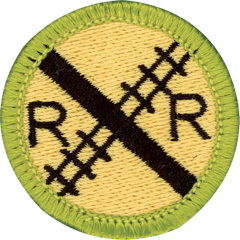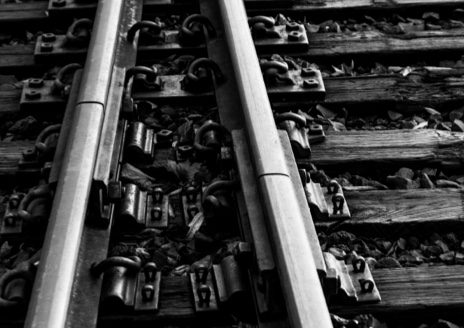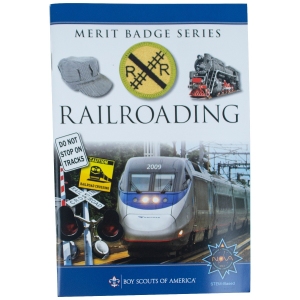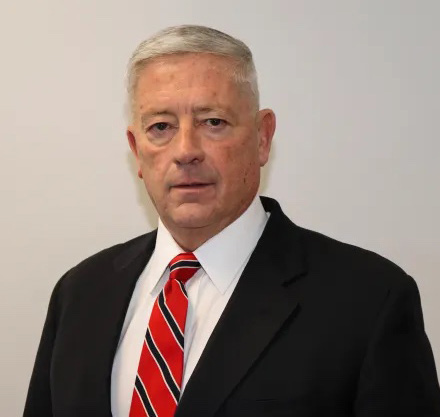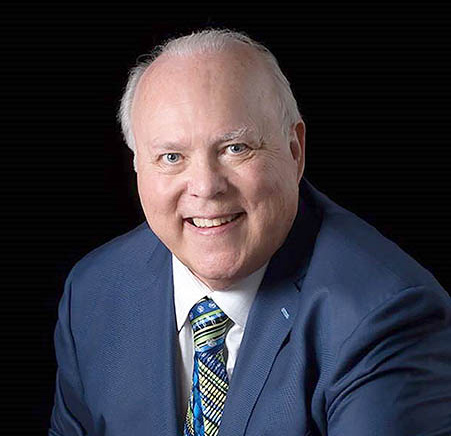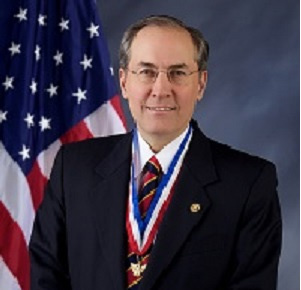
Last summer, more than 120 Scouts met at the Chicagoland Lionel Railroad Club’s clubhouse in New Lenox, Ill., to learn about the world of model trains. The 3,600-square-foot clubhouse features dozens of model trains that run through handcrafted terrain built by club members. This summer, the clubhouse has been closed due to the COVID-19 pandemic, but that doesn’t mean people stop pursuing their hobby. Working on model trains counts toward requirements for the Railroading merit badge. During this pandemic, trying a new hobby might be a fun way to pass the time at home. If your state is reopening and you’re looking for a fun activity to do, check to see if there is a model train club near you. Some, like the Chicagoland Lionel Railroad Club, offer Scout days, where members not only teach about model trains, but also train safety, railroading’s history in America and its impact on society today. Make sure, though, that you follow these guidelines for restarting Scouting as well as any local and state orders. If you choose to stay at home, look at the requirements for the Railroading merit badge and the Model Design and Building merit badge to get some inspiration. If your Scout takes up a new hobby, encourage him or her to share with other Scouts via the Boys’ Life Hobby Hows tips form. For more on railroads, check out this Boys’ Life story from the latest issue or check out railway museum sites, the Pacific Southwest Railway Museum Association or the Railroad Museum of Pennsylvania, which feature virtual tours of locomotives and train stations. Check out other virtual tours here along with details on how they may fulfill requirements. For more fun activities to do at home, visit this page, which has resources, challenges and podcasts for all Scouting programs. Your advancement questions can be answered here.
